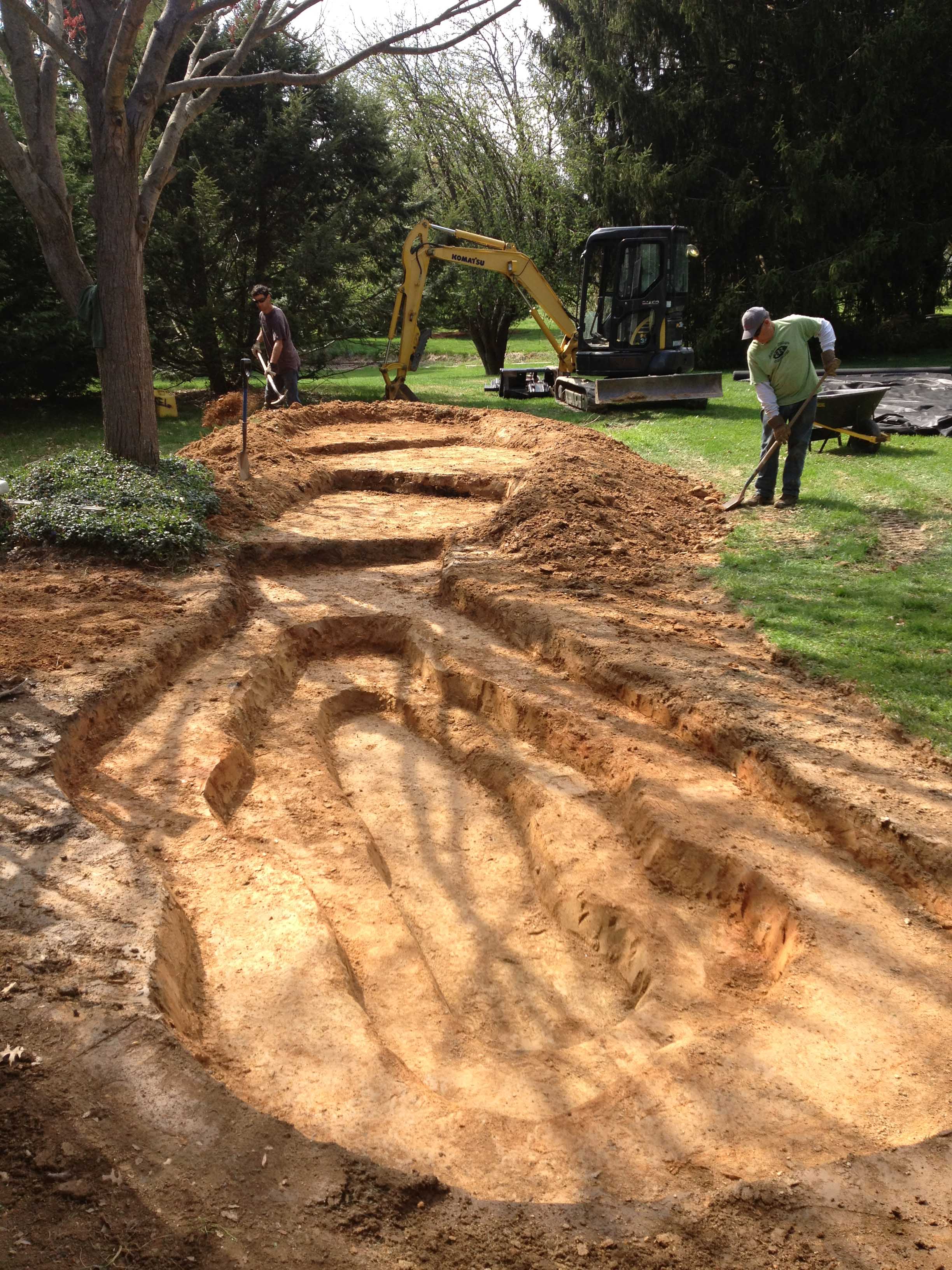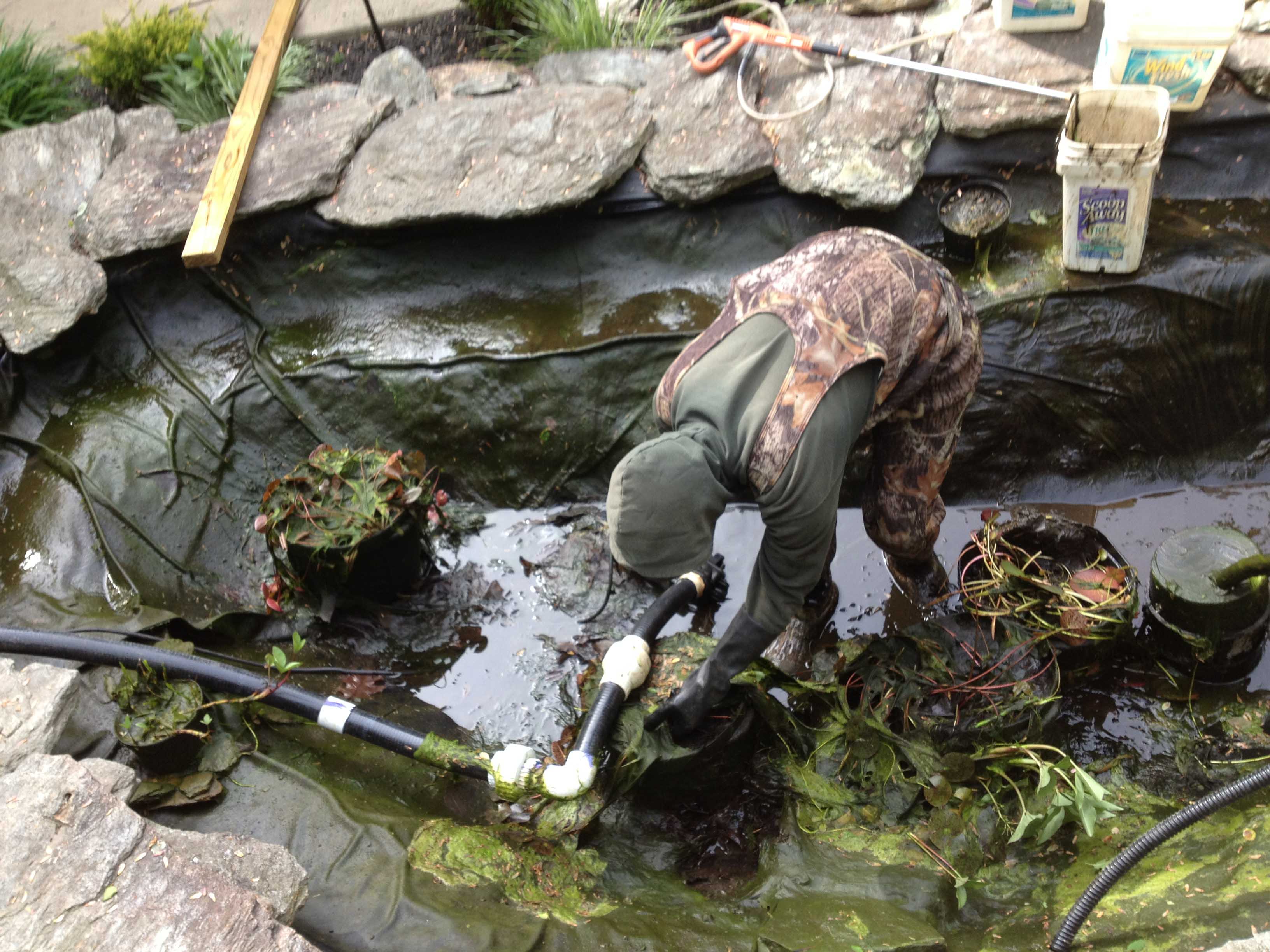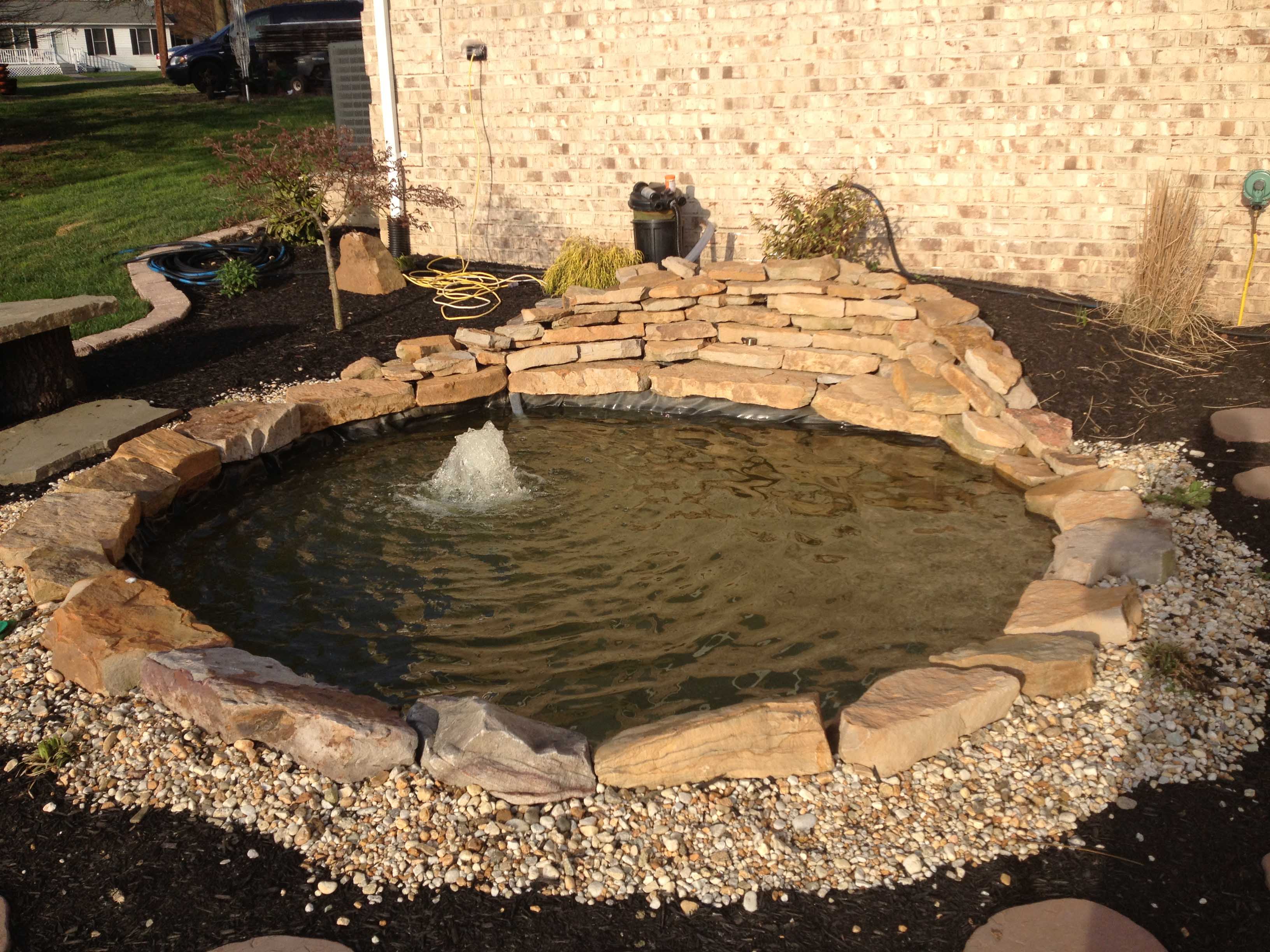10 Most Common DIY Pond Building Mistakes
- 2015-01-25
- By arborridgeservices
- Posted in Uncategorized
10 Most Common DIY Pond Building Mistakes
You have this empty space in the backyard and imagining it would be an ideal place to put a pond and stream… the planning begins. “How hard could it be” after all it’s just rocks and water RIGHT? Creating your own water garden can be really hard work, but if done correctly, the results are extremely satisfying! Many do-it-yourselfers will consult a book, magazine article, or even a YouTube video before grabbing a shovel for their pond project.
Before putting spade to soil, remember that there are several things commonly overlooked by many DIY pond builders. Often, enough thought isn’t given to the project because building a pond can look so simple … but these overlooked elements are important for successful pond building.

- Poor Location: Starting with the design, ponds are too often placed in an unused area of the property or in a low spot that collects water. Both of these locations cause problems. Unused areas of the landscape are unused for a reason and it’s a waste to put a key feature in an area that won’t be seen regularly. Out of sight, out of mind … meaning nobody will care for it. Low spots that collect water are challenging to build in (high water table as is the case with many areas in Maryland & Pennsylvania) and water quality can suffer from too much runoff and pollutants entering the pond system.
- How Hard Can it Be: Underestimating the amount of physical work involved with a pond installation is very common. Professional pond contractors are regularly called to complete ponds that are partially excavated by a homeowner. Unless you dig for a living it’s tougher than you think … and digging the pond is the easy part!
- Creating Steep Sides: Digging a deep pit with no provisions for shallow areas makes stacking stone on the inside of the pond very difficult. The excavation is unstable and since there aren’t shallow areas, it is difficult and dangerous to get in and out of the pond for maintenance. Plus, there’s no place or ledges for aquatic plants, the majority of which grow in less than 12″ of water.
- Too Shallow: Many do-it-yourself pond and stream builders stop digging once the back starts aching. A shallow pond is obviously easier on the back but hard on fish and plants. Since Maryland backyard ponds have to endure harsh winters and hot summers, they need to be deep enough for the fish and plants to be able to over-winter and stay cool in the summer, which won’t happen if it’s too shallow. Fish don’t like hot or frozen ponds!
- Lack of Ledges: A common mistake is when the pond is excavated in a bowl fashion, with gently sloping sides that get deeper towards the middle. This is difficult to disguise with rock since gravel will slide towards the deep area and boulders take up too much room.
- Improper Use of Rock and Stone: An installed pond is disguised with rock to give it a desired naturalistic appearance; a typical feature will use several tons of stone. That can be a lot of wear and tear on the family minivan and it needs to be moved and placed properly. Many do-it-yourselfers will decide this to be too much work and they’ll choose small, manageable stones that are easy to move and place. While the work might be easier, this results in the pond falling short of aesthetics. Also, the pond loses the structural importance provided by the larger, more difficult-to-move boulders. In some cases, the novice pond installer will just eliminate the stonework altogether, which can look bad. Without rock and gravel, the system fails to function properly because stone not only lends to the aesthetics of the feature, but it also functions as a habitat for colonization by a variety of benthic organisms from bacteria to crustaceans … all critical to the success of the feature.
- Too Small: Again, a small pond is easier to construct (less digging and rock placement) but it’s actually harder to maintain. A small feature is less stable than a larger volume of water and most people end up making the water garden larger later down the road because they not only don’t love it, but their plants and fish outgrow a small water feature.
- Lack of Proper Filtration: Consumer thought is that real lakes, rivers and streams function without pumps and filters, so why does their backyard pond need it? Well, that’s not even a close comparison because it’s completely different hydrology. Do-it-yourselfers sometime purchase inadequate filters or will purchase components “a la carte.” It may be cheaper to purchase the items piecemeal, but it’s challenging because different manufacturers use different fittings and they need to be rigged to work together versus having everything matched and designed to work as a unit. Efficiency and simplicity will create a better system for your Maryland backyard pond or stream.
- Poor Access: Before you get started, think about where to place your rock and gravel when it’s delivered or where you want to place the dirt during excavation. Poor planning can lead to having little to no room to get in and out of the property during the construction process not to mention needing to move these materials twice if they interfere with the building area.
- Improper Berm Size for Waterfalls: If the mounded area for the waterfall is too small or too steep, then the waterfall will look out of place and more like a volcano than a waterfall. The berm and waterfall need to be scaled according to the size of the property and feature. Many people want a big waterfall that looks and sounds great, but it can become difficult and expensive to build and it can overpower the space. The waterfall needs to fit with the property and lifestyle of the pond owner.
For some homeowners Doing-it-yourself may be the biggest DIY pond building mistake of all! Now that you have a clearer picture of just “how hard can it be” you might wisely decide to leave your perfect backyard pond and stream to the professionals. Feel free to contact me for a design consultation, custom tailored for your Baltimore County and Harford County backyard. You can enjoy years of relaxation by your beautiful backyard oasis.
We are a Baltimore Maryland area based full services Pond contractor & Pond Maintenance landscape company specializing in naturalistic water features, and unique outdoor spaces, including Ponds, Water Gardens and Stream Design, Construction, Repair, Renovation & Maintenance Serving the greater Baltimore County Maryland MD area. Arbor Ridge was founded to fill a need for a full service company that truly cares about the details of every project and service. Please click here to see what our Baltimore area clients have to say about us!
Our service areas include most of the areas around Baltimore Maryland (MD)
Contact us if your town is not listed below.
Baltimore, Towson, Kingsville, Lutherville, Timonium, Ruxton, Glen Arm, Jarrettsville, Glyndon, Fallston, Bel Air, Hydes, Roland Park, Cockeysville, Reisterstown, Greenspring, Perry Hall, Notingham, White Marsh, Joppa, Jacksonville, Long Green, Owings Mills, Churchville, Hampton, and Baltimore County and Harford County
We offer: Ponds | Waterfalls | Streams | Pondless Waterfalls | Fountains | Fish Ponds | Koi Ponds | Water Gardens | Eco System Ponds | Rain Water Harvesting | Landscape Lighting | LED Pond Lighting | Water Features | Design | Installation | Repair | Maintenance | Pond Cleaning | Pond and Waterfall Construction | Renovation | Consultation | Serving Baltimore County and Harford County Maryland (MD)
See Our Videos
Need help? Send us a photo!
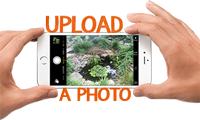
Send us a few pictures of your yard or existing water feature and we would be glad to discuss. [contact-form-7 404 "Not Found"]
Pond & Waterfall Maintenance, Installation, Repair, and Cleaning Services
In the News
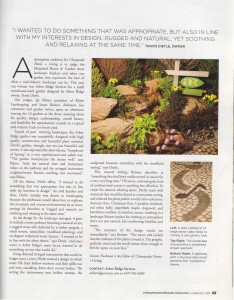 Click here to view more news articles
Click here to view more news articles
